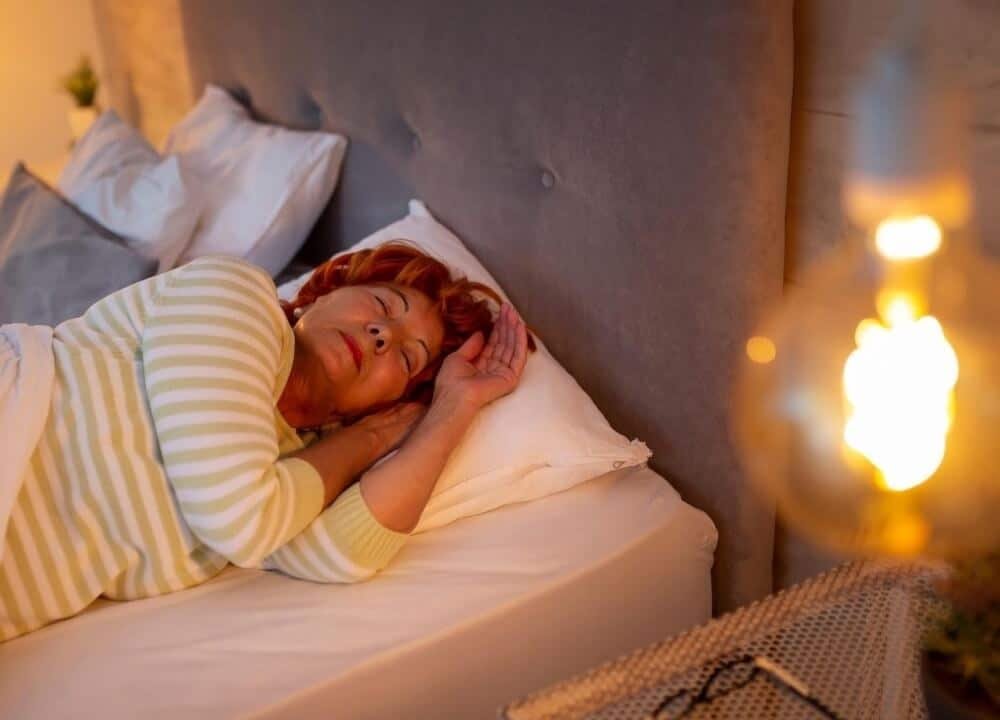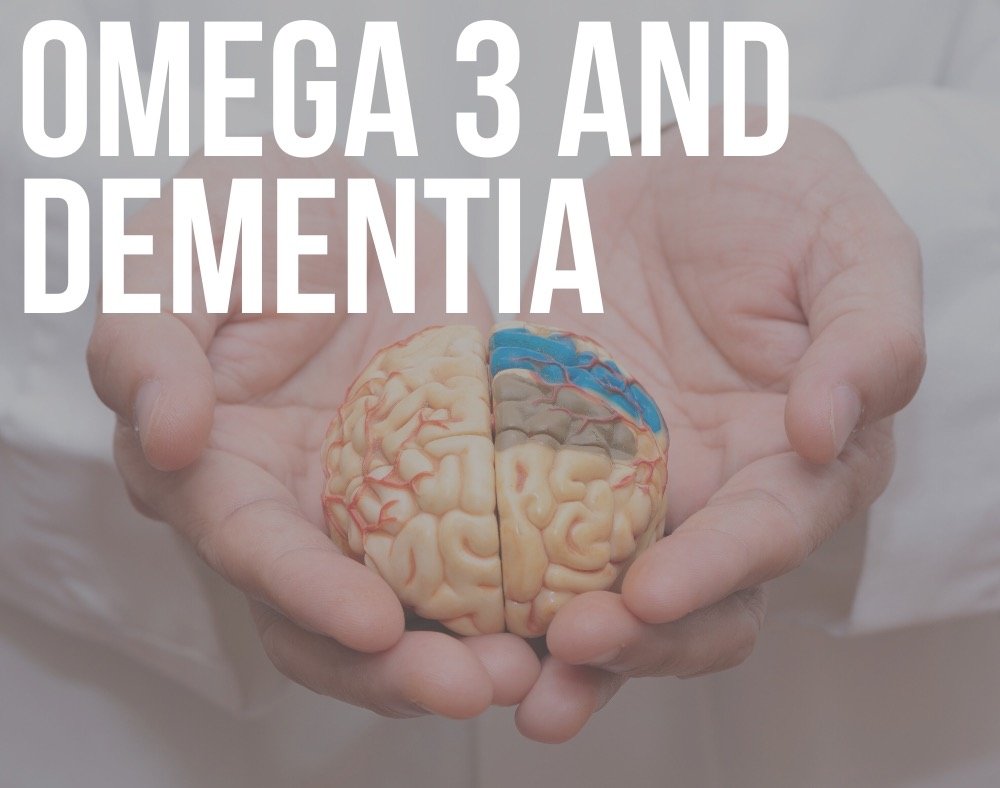When looking into new treatments for persons with dementia, bright light therapy and dementia is one of the topics currently getting a lot of attention.
Standford Health Care explains that bright light therapy is one of the treatments used to manage circadian rhythm disorders.
Contents
What is Light Therapy for Dementia?
Originally, it was intended for persons who were suffering from SAD (seasonal affective disorder).
According to Sleep Education, the human body has an internal clock that signals it when it is time to be awake, and when it’s time to sleep.
We find the clock in the SCN, an area of brain above the section where nerves travel to the eyes.
This clock is responsible for controlling a person’s “circadian rhythm.” The rhythms include the daily cycle of numerous hormones, alertness, and temperature.
“Circadian” implies to occur in a 24-hour cycle.
Circadian rhythm sleep disorder is common with dementia

We should mention that circadian rhythms make a person alert or sleepy at regular times daily.
It is common for persons with dementia to experience circadian rhythm sleep disorder.
Dementia refers to a group of progressive neurological symptoms and conditions that are characterized by an ongoing decline in a person’s cognitive abilities including thinking, memory, behavior, and communication.
It usually ends up affecting a person’s abilities to participate in daily living activities.
This implies that they can benefit from light therapy that can help shift sleeping patterns into what is considered normal.
Check out some of the benefits of bright light therapy for persons with dementia below.
Benefits of Bright Light Therapy

In regards to bright light therapy and dementia, experts state that light therapy can help individuals with dementia.
The therapy aims to affect brain chemicals that are linked to sleep and mood.
Most people with dementia may experience sleep issues at some point in the illness.
This is because dementia can destroy the area of the brain that is responsible for the wake-sleep cycle.
A well-conducted but small study revealed promising effects on disturbed sleep as well as restlessness for individuals with dementia.
Another study showed that bright light therapy administered in the morning can help treat sleep disorders in persons with dementia.
According to this study, this is the time the therapy entertains circadian rhythm to reduce interference with the sleep-wake cycle.
Yet another research measuring the combination of walking and bright light therapy reported significant improvements in sleeping habits when bright light therapy and walking were practiced every day.
Combination of melatonin and dementia

Some researchers also looking into bright light therapy and dementia also studied the combination of the use of melatonin with bright light therapy.
The experts observed that all the participants who had dementia experienced better sleep cycles after exposure to bright light therapy.
Interestingly, the results were not similar after combining melatonin and bright light therapy.
A larger, well-conducted research review reported that bright light therapy can help reduce sleeping during the daytime and increase night-time sleeping.
Multiple other studies also showed that bright light therapy can be used to normalize the wake-sleep pattern.
Additionally, light therapy also has the potential to treat aggressive behavior in persons with dementia.
Some studies also state that bright light therapy can help reduce depression in people who have dementia.
Note that depression is one of the most common symptoms of dementia.
Other perks that persons with dementia can get from bright light therapy include:
Reduced Wandering
Some research indicates that bright light therapy in addition to enhancing the sleep-wake cycle also helps to reduce wandering for people with dementia at night.
Enhanced Cognition
Bright light therapy has also been associated with better scores on the Mini-Mental State Exam. This is one of the most common tests for measuring cognitive abilities.
Persons with vascular dementia or Alzheimer’s disease (AD) were subjected to bright light therapy and they ended up demonstrating improved scores on their cognitive abilities tests.
This was in comparison to no changes in the scores when the same group was exposed to dim light therapy.
A similar study reported better cognitive functioning after exposure to bright light therapy. However, this was for people with early-stage AD as opposed to those with middle or late-stage Alzheimer’s.
Improved Behavioral Functioning
One study reported participants with dementia showcased improvement in various challenging behaviors.
However, another study compared levels of agitation of individuals with dementia after exposure to light therapy and stated that there was no difference.
How is Bright Light Therapy Administered?
When it comes to bright light therapy and dementia, the person with the illness sits in front of a lightbox that offers around 5-30 times more light than what the average office light emits. In most cases, the lightbox will emit about 10,000 lux of light.
This happens for a set time daily.
Keep in mind that it is important to consult a physician before starting light therapy. This is because there are a few cases where the therapy may not be appropriate.
Incorporating Light Therapy into the Routine of a Person with Dementia

There are times when it may not be easy to incorporate light therapy into the routine of a person with dementia.
Below are a few case scenarios you may be presented with, in regards to using bright light therapy and dementia and how you can solve them.
- When a person becomes agitated in front of the lightbox, you may want to use verbal reassurance. If this does not work end the session and gradually introduce it until they become used to it.
- Sometimes, an individual with this progressive illness does not want to sit in front of the light. In this instance, you can try focusing their attention on you. Start a pleasant conversation and hold their hands so that they can feel comfortable during the session.
- When a person is easily distracted try and schedule the therapy when they are having breakfast. This will help speed up the process of becoming part of their routine.
Closing Remarks
Although some studies confirm that bright light therapy is beneficial to some people with dementia more studies focusing on bright light therapy and dementia still need to be conducted.
This will help to offer more conclusive results so that medics, caregivers, and persons with the illness can know how light therapy will benefit them.







